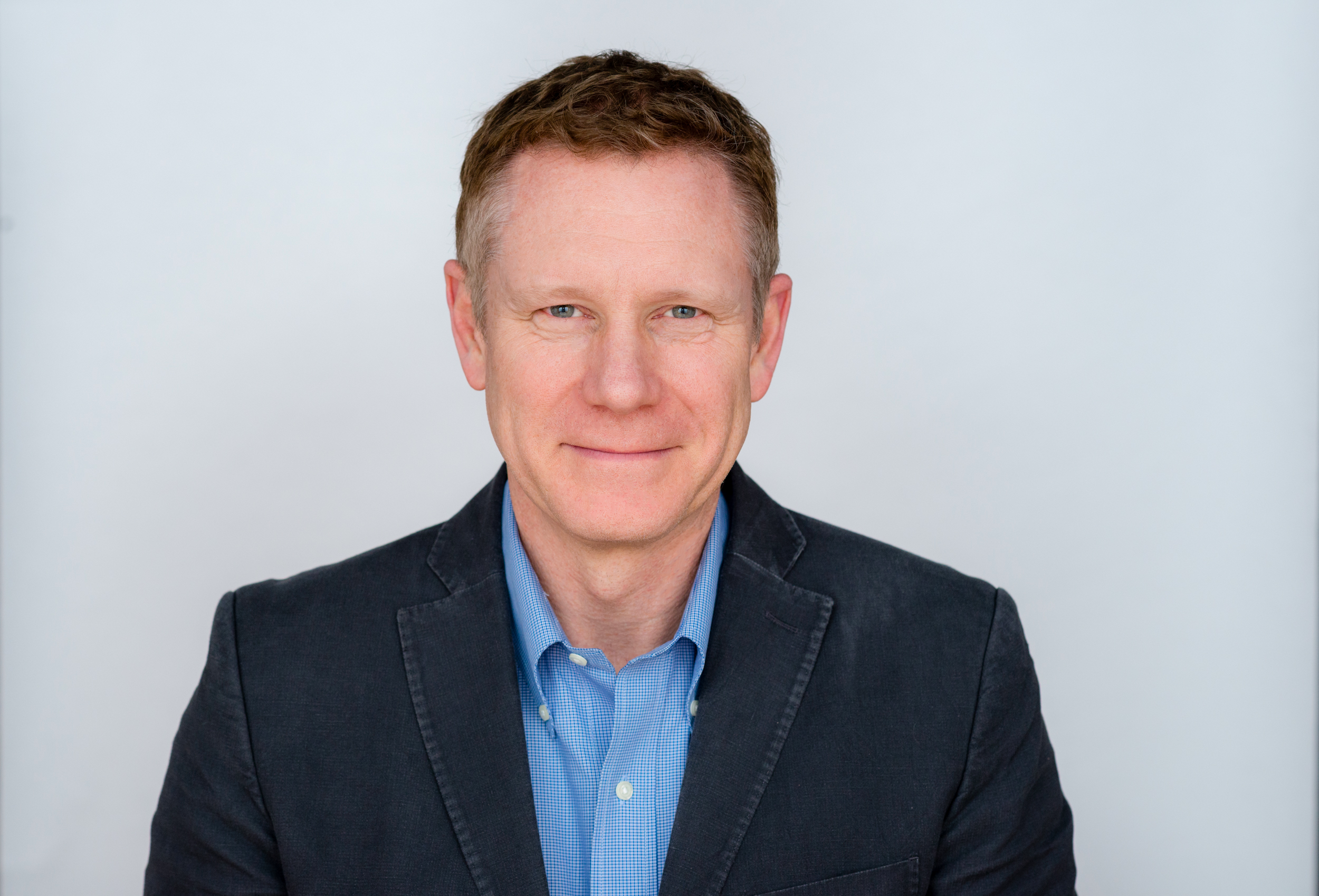
What’s been driving growth in the multifamily market over the last few years, and do you see it continuing throughout 2020?
The last few years have been a continuation of the trends that started on the exit from the crash. Post-crash, embedded thoughts on homeownership and the wealth-building aspects of investing in your living space were shattered as people lost all their equity and “savings” from having made these decisions. With the increased demand for rental, rents started increasing. They haven’t stopped yet. Although there are numerous factors driving the growth in multifamily over the past decade, this is by far the most prevalent.
As tenant tastes change with demographics, what do multifamily owners and property managers need to do differently to up their game?
Along with the shift in culture toward renting comes the evolution of rental buildings themselves. Living in a rental building is becoming more about the lifestyle and social aspects than about the apartment itself. If you want to up your game in your apartment building, look for ways to increase the culture that could differentiate your building more than how modern you can make your units. Look for how to add common areas for congregating and having activities – and more than just some couches in your lobby. I’m thinking an open area for movies complete with a popcorn machine that starts popping (and filling the building with that wonderful smell) 15 minutes before the start of the movie; work areas complete with a work station island (like at Starbucks) with charging stations, free WiFi, and an espresso machine; fitness centers with the latest equipment and/or free virtual classes either on each machine or on a big screen, and advertised throughout the building as Yoga Night at 8:30 PM, etc.

“The last few years have been a continuation of the trends that started on the exit from the crash.”

How have costs affected the bottom lines of owners and property managers in this market?
Significantly. Costs have risen dramatically for utilities, insurance, labor, and in most cases property taxes. Much of this has been offset by the increases in rent, which fortunately in most markets is outpacing the increase in expense. Be aware of investing in fiscally troubled municipalities or states, as multifamily is usually a big target for property tax increases in these areas.
What are ways in which owners and property managers can increase their NOI while remaining competitive?
The focus is mostly on the revenue and pass-through side of the ledger. Rent increases certainly help but you can only push rents so far in a given year. Tenants are usually not as sensitive to pass-throughs, though. Pass-throughs can include utilities reimbursements, management fees, facilities fees, or other labels or charges that help offset the rising costs of running an apartment building – all of which increase your NOI. Think about what $35.00 per month per unit would do for your bottom line and shows up on an itemized monthly invoice sent showing rent, facility fee, and a total.

“Costs have risen dramatically for utilities, insurance, labor, and in most cases property taxes. Rent increases certainly help but you can only push rents so far in a given year.”

River Oak Risk, LLC
3300 Cumberland Boulevard, Suite 325
Atlanta, Georgia 30339